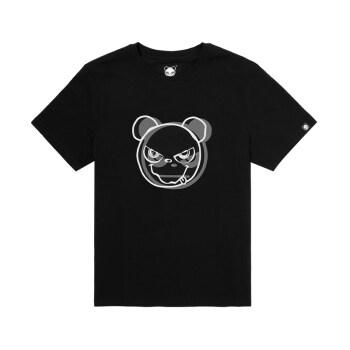The dyeing process of women’s clothing fabrics involves the dyeing costs and effects of different types of fabrics. The following is an analysis of the dyeing processes of some common women’s clothing fabrics:
1. Cotton: Cotton is one of the most common fabrics, with low dyeing costs and easy dyeing The effect is good. Because cotton has strong dye absorption and high color saturation, clear and uniform color results can be obtained during the dyeing process.
2. Chiffon: Chiffon fabric is often used in light women’s clothing, and the dyeing cost is relatively high. Since the fibers of chiffon fabric are fragile and easily damaged, the dyeing process needs to be more careful. At the same time, the special texture of chiffon fabric makes the dye penetration ability poor, which may lead to uneven color.
3. Silk: Silk is a commonly used fabric in high-end women’s clothing, and the dyeing cost is high. Because silk fabrics have strong soft and smooth properties and relatively weak absorption of dyes, higher technical requirements are required during the dyeing process. However, the unique luster and bright color effects of silk can be obtained through professional dyeing processes.
4. Nylon: Nylon fabric is widely used in women’s clothing because of its softness and durability, and the dyeing cost is moderate. Nylon fabrics have better absorption of dyes and can achieve a more uniform dyeing effect. In addition, nylon fabric has good durability, and the color after dyeing is relatively stable and not easy to fade.
In general, the cost and effect of dyeing different fabrics are affected by the characteristics of the fabric and the dyeing process. At the same time, technology and experience in the dyeing process are also key factors to ensure the dyeing effect. In order to obtain the best dyeing effect, it is recommended to choose a professional dyeing manufacturer and conduct corresponding testing and evaluation before dyeing.





